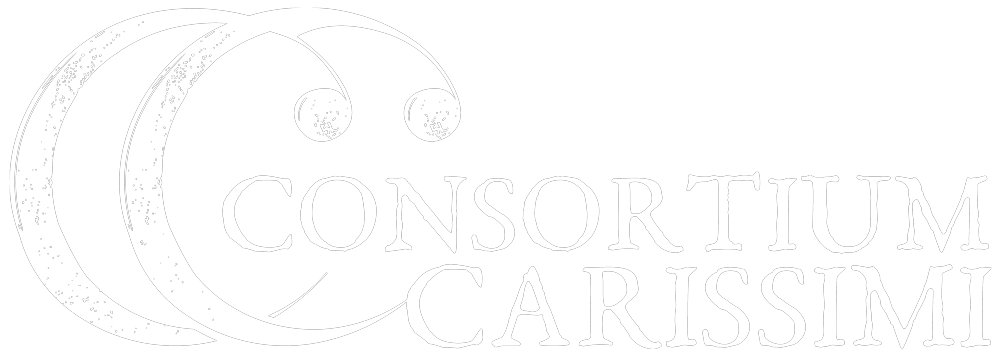Article from The Guardian originally published 18 Mar 2010 (https://www.theguardian.com/music/tomserviceblog/2010/mar/18/carlo-gesualdo-composer-psychopath)
Carol Gesualdo. He’s the Italian composer-prince who murdered his wife and her lover, was into wild bouts of self-flagellation, and who at the end of the 16th century wrote some of the most chromatic vocal music ever conceived in self-pitying lamentation for his human condition.
That’s the myth, at least, but a brilliant new book by Glenn Watkins, The Gesualdo Hex, reveals there’s much more to the story. New lurid details add to our conception of the composer as a murderous aristocratic crank. Having dispatched his first wife on grounds of adultery, Gesualdo himself had affairs throughout his second marriage. Eventually, however, Eleonora had enough, and ordered that his concubines be tried. For witchcraft. Here’s some of the testimony from the inquisition of Aurelia and Polisandra, the accused pair. A word of warning: don’t read this over your sandwich:
That the aforementioned Aurelia made the prince drink her menstrual blood as a purgative is established by four witnesses to extrajudicial confessions by the defendant … Aurelia declared that the aforementioned Polisandra had told her that if she would take a slice of bread and place it inside her “nature” and after it was saturated with her own seed, she would give it to the prince to eat with sauce … It is established through the doctor’s deposition that the seed is harmful.
The project of Glenn’s book is to show how relatively commonplace Gesualdo’s experiences were. Italian noblemen of the time were virtually duty-bound to kill their wife once they had been found guilty of adultery. That doesn’t make Gesualdo’s crime any less shocking, but it demonstrates that his is far from a special case. As for the witchcraft, in those days Italian society had not completely lost its pagan roots, nor its belief in the shamanic powers of women to heal and curse. The real surprise is that after Aurelia and Polisandra were found guilty – after confessions obtained by torture – they were not executed but imprisoned in Gesualdo’s castle, where, presumably, he could carry on having his wicked way with Aurelia.
Despite the dazzling harmonic shifts in Gesualdo’s fifth and sixth books of madrigals, his music was so extreme that some 20th-century critics and composers believed him to be a proto-serialist, going further than any composer before Schoenberg in mining the expressive potential of saturated dissonance. Watkins goes on, fascinatingly, to chart how the story of Gesualdo and his music has enthralled and inspired 20th- and 21st-century creatives, from Stravinsky to Boulez, Andriessen to Brett Dean, Werner Herzog to Ian Rankin.
Watkins wants us to understand Gesualdo in the context of his time, to reveal the man behind the myths, and to allow him to change in our perceptions from crazed musical psychopath to culturally comprehensible composer. And yet the hex, the essential mystery and enchantment of his music, remains. Glenn can tell us how Gesualdo does it, analytically speaking, but nothing can prepare you for the visceral magic of this music’s dark power. Even when you know what’s coming in the madrigals – at the end of Merce[grave] grido piangendo or the beginning of Moro Lasso – it’s music that never ceases to be shocking and surprising.
Our XV Season Opener Program on October 15-16, 2022 will feature this masterful music performed by our talented musician. Tickets for this concert and our future programs may be purchased by clicking this link.
